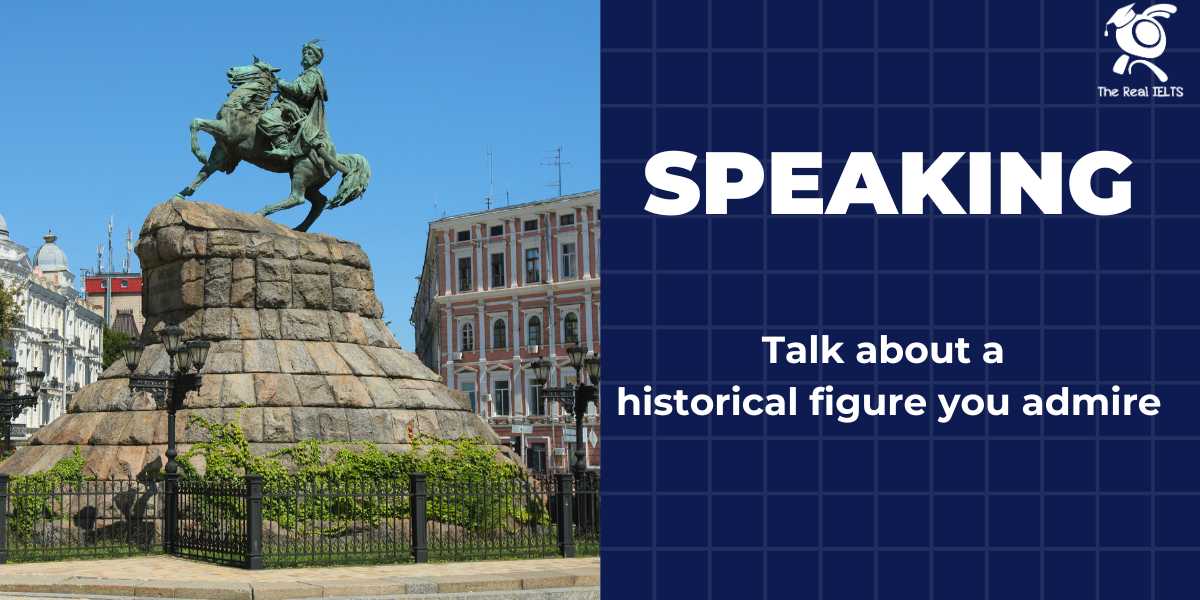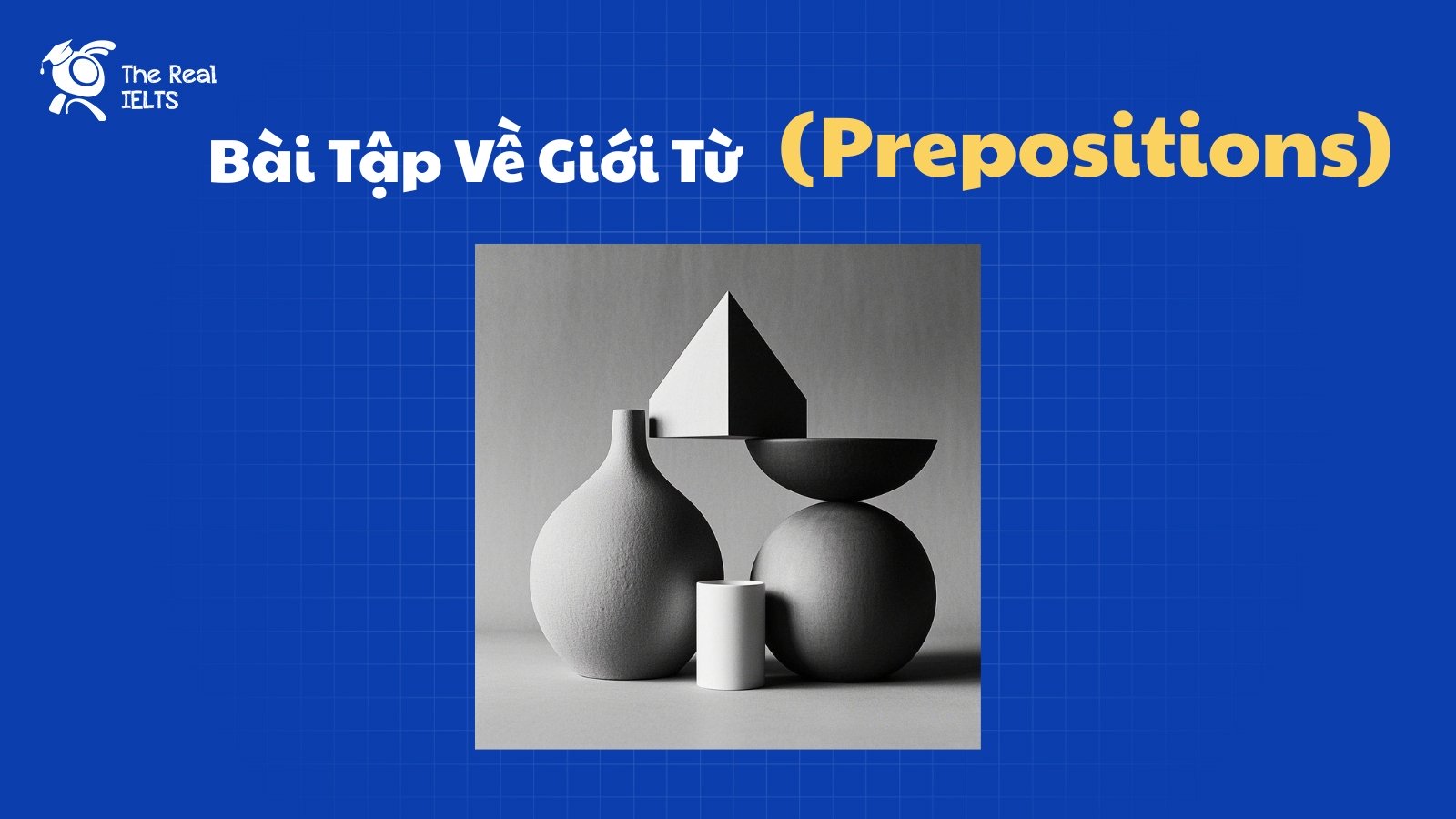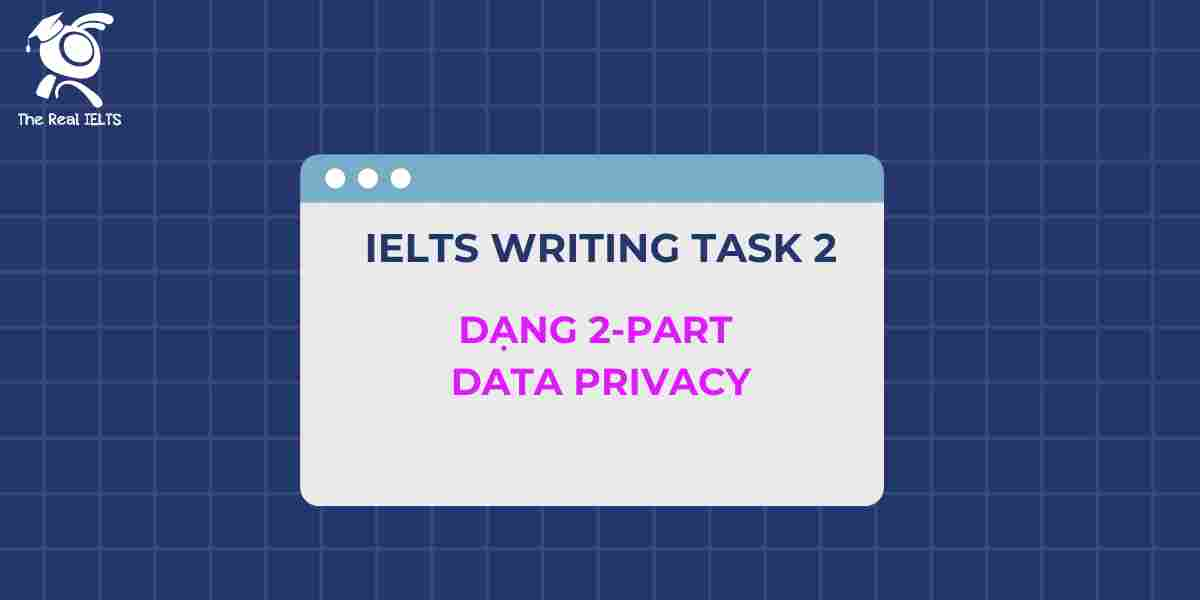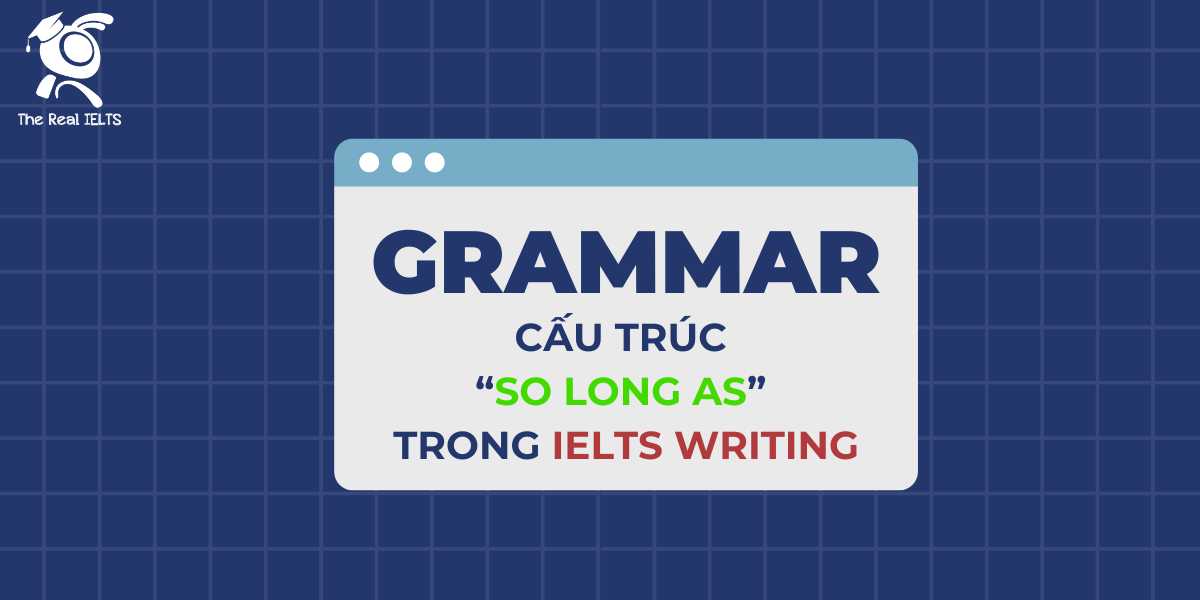Bài Speaking lần này có chủ đề nói một nhân vật lịch sử mà bạn ngưỡng mộ.. Khi luyện tập bạn nên ghi âm lại bài Speaking của mình và sau đó so sánh với phần Speaking mẫu ở cuối bài viết này. Phát âm càng chuẩn và nói càng trôi chảy như bài mẫu thì bạn có thể đạt được yêu cầu phần nào.
Bài Speaking: Talk about a historical figure you admire
Part 1: Introduction and Warm-Up
- Basic Questions:
- What’s your name?
- My name is [Your Name].
- Where are you from?
- I am from [Your City/Country].
- Do you enjoy learning about history?
- Yes, I find history fascinating because it helps us understand how the world has evolved over time.
- Who is your favorite historical figure?
- My favorite historical figure is Mahatma Gandhi.
- What’s your name?
Part 2: Individual Long Turn
Task Card: You should say:
- Who the historical figure is
- What they are known for
- What you admire about them
- Explain how they have influenced you or others
Sample Answer:
Who the historical figure is: The historical figure I admire the most is Mahatma Gandhi.
What they are known for: Gandhi is best known for leading India to independence from British rule through his philosophy of non-violent civil disobedience.
What you admire about them: I admire Gandhi for his unwavering commitment to non-violence, even in the face of great personal and political challenges. His ability to mobilize and inspire millions of people with his principles of peace and love is truly remarkable.
Explain how they have influenced you or others: Gandhi’s principles of non-violence and peaceful protest have greatly influenced my views on conflict resolution. His legacy continues to inspire movements for civil rights and social change around the world, including leaders like Martin Luther King Jr. and Nelson Mandela. Personally, his life story encourages me to stand up for justice and equality in a peaceful manner.
Part 3: Discussion
Further Questions:
- Impact on Society:
- How do you think historical figures influence society today?
- Historical figures serve as role models and provide lessons on leadership, resilience, and moral values. Their achievements and struggles offer valuable insights and inspiration for current and future generations.
- Can you think of any modern leaders who embody the qualities of historical figures you admire?
- Yes, figures like Nelson Mandela and Malala Yousafzai embody qualities of perseverance, courage, and a commitment to justice, similar to Gandhi.
- How do you think historical figures influence society today?
- Learning from History:
- Why is it important to learn about historical figures?
- Learning about historical figures is important because it helps us understand the past, recognize the contributions and sacrifices of individuals, and draw lessons that can guide our actions and decisions in the present.
- How can history help us make better decisions in the present?
- History provides a context for our current challenges and can help us avoid repeating past mistakes. It also offers strategies and examples of successful leadership and problem-solving.
- Why is it important to learn about historical figures?
- Comparisons:
- Compare the influence of historical figures with contemporary leaders.
- Historical figures often had a profound impact due to their foundational contributions during pivotal moments in history. Contemporary leaders continue to build on these legacies but may have more immediate and widespread influence due to modern technology and media.
- Do you think modern leaders have more or less impact than historical figures? Why?
- Modern leaders may have a broader and more immediate impact due to advancements in communication and technology, which allow their messages to reach a global audience quickly. However, the depth and lasting influence of historical figures can be more significant because they often set the precedents for contemporary leaders.
- Compare the influence of historical figures with contemporary leaders.
- Personal Reflection:
- How has learning about a historical figure changed your perspective?
- Learning about Gandhi has changed my perspective by reinforcing the importance of non-violence and peaceful protest. It has taught me that great change can be achieved without resorting to aggression and that moral integrity can lead to lasting respect and influence.
- What lessons can young people today learn from historical figures?
- Young people can learn the values of perseverance, courage, and the importance of standing up for what is right. Historical figures also teach us that one person can make a significant difference in the world, inspiring young people to take action in their communities and beyond.
- How has learning about a historical figure changed your perspective?
Bài Speaking mẫu Discuss the importance of physical exercise
Đọc lại bài cũ: Speaking Part 19: Discuss the importance of physical exercise.















